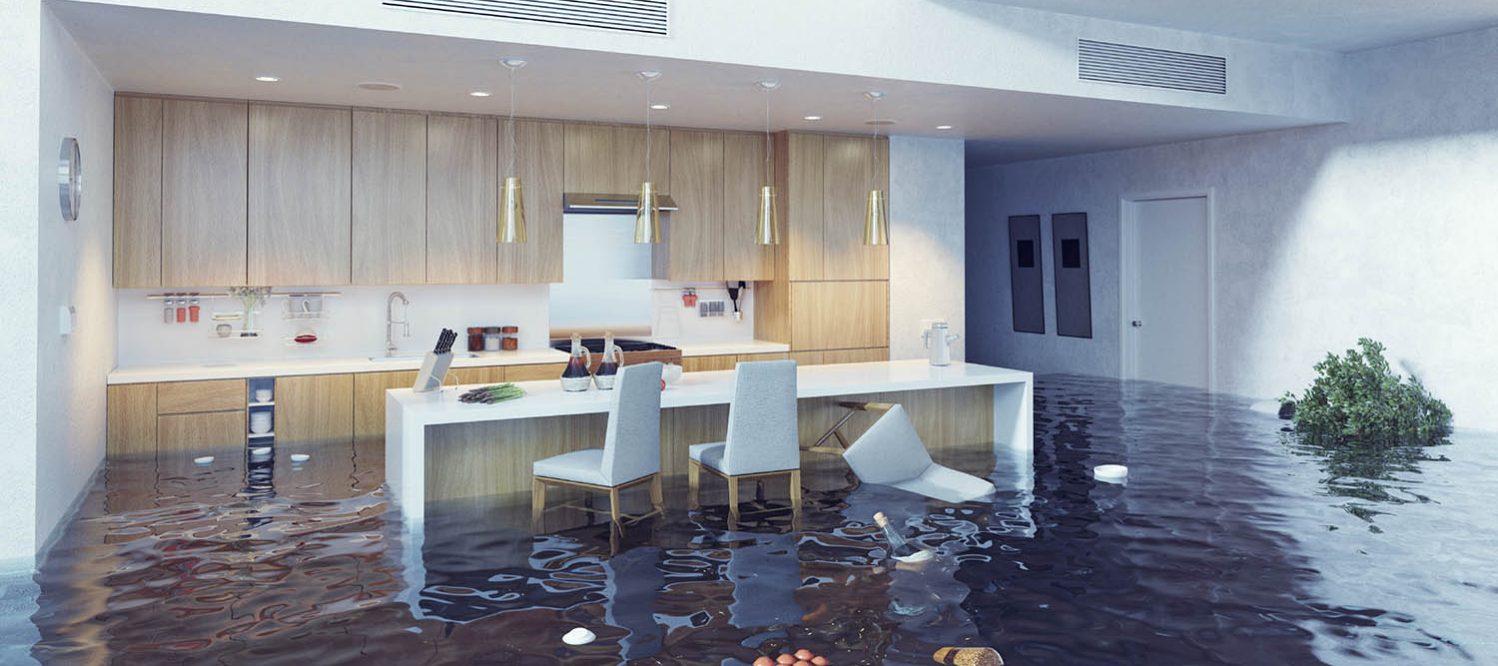You use water to keep your clothes clean. But water isn’t always good for your clothing. When water comes in the form of a flood, it can cause serious water damage to your pants, shirts, dresses and uniforms.
Fortunately, water damage doesn’t necessarily mean you need to throw out all your items. In many cases, you can restore your favorite wool sweater or your elegant fur coat.
If your items were damaged in a flood, follow these four steps to restore them.
1. Determine What’s Worth Saving
In some cases, you can restore your clothes from water damage so they look as good as new. In other cases, you should throw them out and start over.
The biggest reason to throw out your items is if they suffered water damage by sewage flooding. Sewage damage can cause health issues, even after the clothes are thoroughly cleaned.
Look closely at each piece of clothing. If flood water caused huge stains or discoloration on a piece of clothing, you should probably throw it away. But mildly damaged clothing most likely means that we can restore them.
If you’re in doubt about your items’ condition, ask a water damage restoration company to assess the damage. Water restoration professionals have plenty of experience assessing water damage, which means they can help you determine which items they could restore. They can also determine the severity of the damage and the best plan of action to restore each unique item.
2. Separate Your Clothes
Now that you’ve thrown out clothes you don’t want to save, separate each piece of wet clothing. Some people make the mistake of keeping items that suffered water damage together in a drawer or bag, but this causes the colors to run together and prevents clothes from drying. Instead of grouping your clothes together, hang up each piece of clothing and make sure it doesn’t touch other clothes.
3. Remove Mud
If your items are caked in mud or dirt, you’ll need to remove the mud or dirt as soon as possible. However, washing these dirty clothes in your washer or sink could clog your pipes. Instead, hose off the items outside, then hang them up to dry.
4. Wash or Dry-Clean Your Clothes
After a flood, you may not be able to wash your clothes right away. If your washing machine was exposed to flood water, you should have a restoration company make sure it’s safe to use to restore your items.
If your washing machine is undamaged, you may be able to restore lightly damaged clothing by washing it in hot water. Add bleach or another sanitizer, like pine oil, to remove mildew.
If a clothing item still has stains after you wash it, don’t dry it. If you dry it with the stain, the stain may become permanent. Instead, soak it in bleach overnight, then wash it again.
In many cases, it will be much more effective to have a professional dry-cleaning company restore your clothing. Dry-cleaning companies wash clothes using high-tech equipment and powerful chemicals like carbon dioxide. Carbon dioxide can remove toxic residue without causing damage.
A restoration professional can help you determine which items require dry cleaning. Fabric dyes, fiber content and other factors determine whether a certain piece of clothing needs to be dry-cleaned. Fur and leather in particular require dry cleaning to maintain their integrity.
Call a Restoration Company
In the aftermath of a flood, you don’t have to give up your expensive suits and dresses or lose your most comfortable pair of jeans. Instead, contact a restoration company to clean and restore most damaged clothing and make it wearable again.
If your items have water damage, follow the above tips to restore them, and get in touch with a restoration company as soon as possible.

